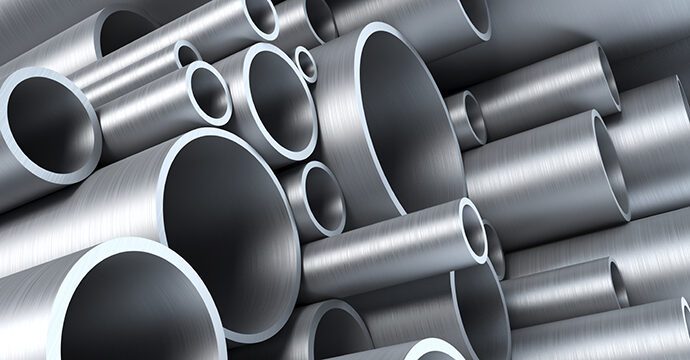
Understanding Steel: The Marvel of Metallurgy
Steel, a material that has shaped civilizations, industries, and innovations for centuries, is much more than just a composition of iron and carbon. Its story is one of human ingenuity, transformation, and limitless possibilities. Let’s delve into the world of steel, exploring its origins, properties, production processes, and diverse applications that have made it a cornerstone of modern society.
A Historical Tapestry: Origins of Steel
Steel’s roots trace back thousands of years to ancient civilizations like the Hittites and Egyptians, who discovered the art of smelting iron ore to create the first rudimentary forms of steel. However, it was in the 17th century that Sir Henry Bessemer’s revolutionary Bessemer process paved the way for mass steel production. This method involved blowing air through molten iron to reduce its carbon content, creating a stronger, more versatile material – steel.
The Steel Symphony: Composition and Properties
At its core, steel is an alloy primarily composed of iron and carbon, typically containing less than 2% carbon by weight. Small amounts of other elements, such as manganese, phosphorus, sulfur, and silicon, are also incorporated to enhance specific properties. This unique composition gives steel its remarkable strength, durability, and versatility. Steel can be further classified into various types, including carbon steel, alloy steel, and stainless steel, each tailored for specific applications based on their composition.
The Alchemy of Production: Steelmaking Processes
Steel is produced through two primary methods: the traditional and widely used Basic Oxygen Furnace (BOF) process and the Electric Arc Furnace (EAF) process, which is commonly employed for recycling scrap steel. In the BOF process, raw materials like iron ore, coal, and limestone are melted in a furnace, and oxygen is blown through the molten metal to reduce impurities. In contrast, the EAF process involves melting recycled steel scrap using electric arcs. Both methods result in high-quality steel used across diverse sectors.
Versatility Personified: Applications of Steel
The versatility of steel is unparalleled. It finds application in almost every aspect of our lives, from the buildings we inhabit to the vehicles we drive. Structural steel forms the backbone of skyscrapers and bridges, ensuring their stability and resilience. Stainless steel, admired for its corrosion resistance, adorns our kitchens as appliances, utensils, and fixtures. In the automotive industry, advanced high-strength steel ensures passenger safety while reducing the vehicle’s weight, enhancing fuel efficiency.
Steel in the Future: Innovations and Sustainability
As technology advances, steel continues to evolve. Researchers are exploring groundbreaking techniques, such as nanostructuring and alloying with rare earth elements, to create stronger, lighter, and more durable steel variants. Additionally, the steel industry is focusing on sustainable practices, including recycling and reducing carbon emissions, to minimize its environmental impact. The development of green steel, produced using renewable energy sources and hydrogen, holds the promise of a more sustainable future for this indispensable material.
Conclusion: The Enduring Legacy of Steel
From the towering skyscrapers that grace our cityscapes to the intricate surgical instruments used in medical procedures, steel’s influence is omnipresent. Its resilience, adaptability, and timeless appeal make it a symbol of human progress and innovation. As we continue to unlock its mysteries and push the boundaries of what is possible, steel remains an eternal testament to the marvels of metallurgy and human creativity, shaping a world that relies on its enduring strength.



